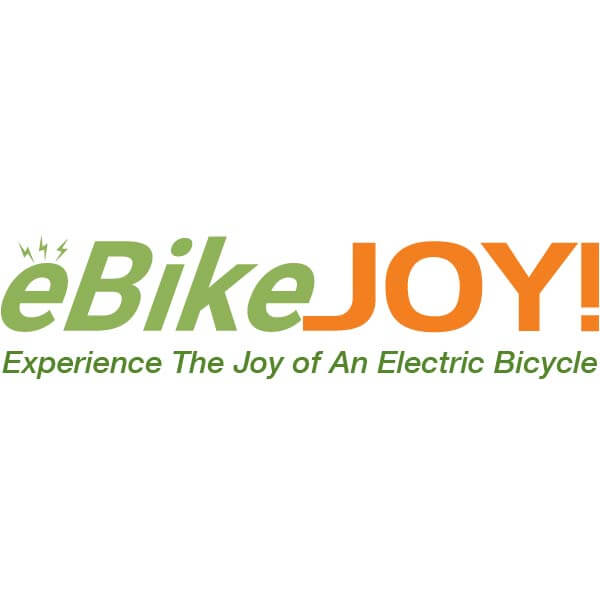
Courtesy of National Parks Traveler, Kurt Repanshek
Interior Secretary David Bernhardt late Thursday issued an order to allow e-bikes to use the same trails in the National Park System that are open to muscle-powered mechanical bikes.
"E-bikes shall be allowed where other types of bicycles are allowed; and E-bikes shall not be allowed where other types of bicycles are prohibited," the order, released Thursday evening in Washington, D.C.
In issuing the order, Bernhardt said the decision "simplifies and unifies regulation of electric bicycles (e-bikes) on Federal lands managed by the Department and also decreases regulatory burden."
The policy change came without public disclosure and without an opportunity for the public to comment on the proposal before it is implemented, moves that appear in conflict with the Code of Federal Regulations. The secretarial order calls for the policy to be adopted "unless otherwise prohibited by law or regulation" within two weeks. It also calls for public comment, after the fact, some time in the future.
Secretary Bernhardt's order adds that within 30 days of the order agencies within the department should "provide appropriate public guidance regarding the use of e-bikes on public lands within units of the National Park System, National Wildlife Refuge System, lands managed by BLM, and lands managed by (Bureau of Reclamation)."
At the National Parks Conservation Association, Senior Vice President of Government Affairs Kristen Brengel told the Traveler on Wednesday that implementing a change in where motorized vehicles, including eBikes, can go in the park system requires the Park Service to embark on a rulemaking process, as required under 36 CFR 1.5.
"If e-bikes are to be used on trails already designated for bikes, that is completely contrary to the Park Service’s current policy," said Brengel, adding that a change in policy should be formally reviewed to ensure there are no conflicts with existing user groups.
“How does this affect the rest of the public visiting a park? We want to make sure everyone has a great experience," she added. “What does (an e-bike) do to everyone else’s experience there? That’s why there needs to be a rulemaking and public comment. Depending on what this policy says, it could be completely violating the Park Service’s own regulations and policies.”
National Park Service staff in Washington, D.C., could not immediately be reached Thursday evening to say what process the agency would follow in opening trails to e-bikes.
After the order was released Thursday, Brengel said that "(T)he Interior Department is rushing guidance on a use they haven’t properly evaluated for potential impacts to park natural and cultural resources, visitors or wildlife. Sadly, this new policy was created behind closed doors and with no public involvement. E-bikes have a place on national parks’ roads and motorized trails. But this announcement disregards well-established policies for how visitors can enjoyably and safely experience the backcountry in national parks."

The suddenly hot-button topic of where e-bikes could travel in the National Park System arose this summer out of Acadia National Park, where staff made the decision that the motorized bikes couldn't travel the park's iconic carriage roads. Fines for those caught on the roads start at $130, according to the park's website.
Reaction to that decision drew dozens of comments to a Traveler article, and opposition to allowing e-bikes on non-motorized trails in the federal lands system came from dozens of conservation groups, who fear permitting the motorized bikes on those trails will create a "slippery slope" that will lead to future problems with managing those trails.
There are three "classes" of eBikes:
* Class 1: eBikes that are pedal-assist only, with no throttle, and have a maximum assisted speed of 20 mph.
* Class 2: eBikes that also have a maximum speed of 20 mph, but are throttle-assisted.
* Class 3: eBikes that are pedal-assist only, with no throttle, and a maximum assisted speed of 28 mph.
"Class 2 may not be suitable for singletrack mountainbike trails - it has been shown that they pose greater physical damage to trails due to the throttle-actuation," writes eBike manufacturer Bosch on its website. "Class 2 may be better suited for multi-use OHV trails designed for more rugged off-road vehicles.
"Class 3 eBikes are typically allowed on roads and on-road bike lanes (“curb to curb” infrastructure), but restricted from bike trails and multiuse paths. While a 20-mph maximum speed is achievable on a traditional bicycle, decision makers and agencies consider the greater top-assisted speed of a Class 3 eBike too fast for most bike paths and trails that are often shared with other trail users."
In his order, the Interior secretary didn't differentiate between the three classes, and directed the Park Service, Bureau of Land Management, and U.S. Fish and Wildlife Service to "exempt all e-bikes ... from the definition of motor vehicles."


